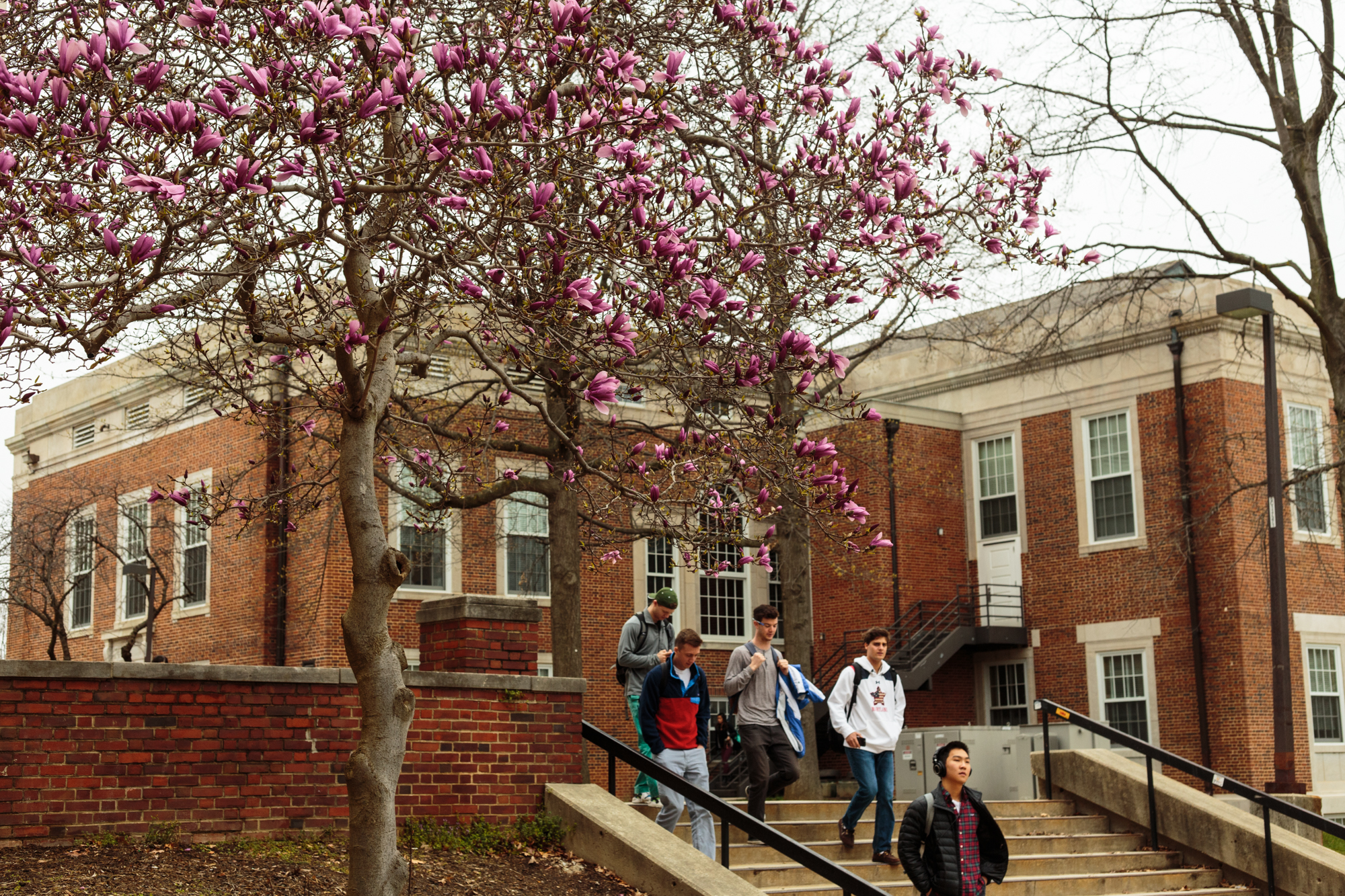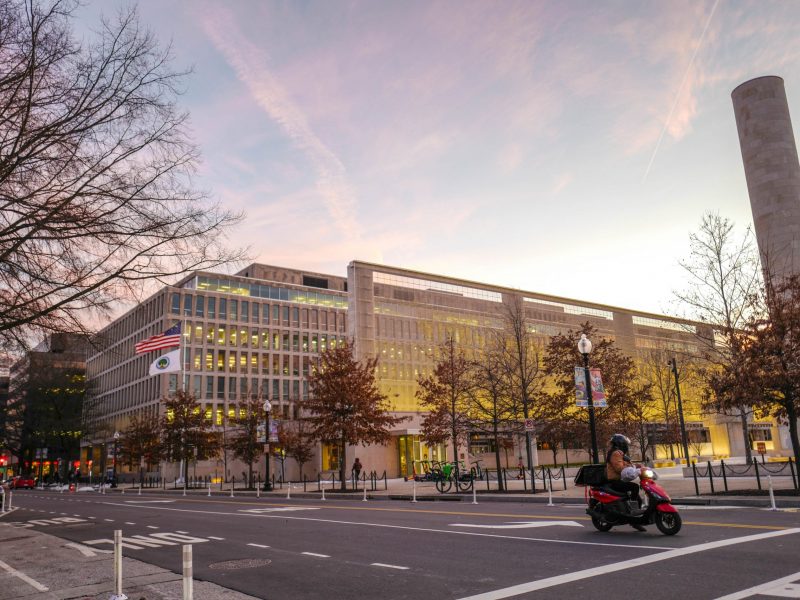Earlier springs are leading to less nutrients for trees and a slower tree growth rate, according to researchers from the University of Maryland Center for Environmental Science.
During years when spring started earlier, less nitrogen is available and trees can’t grow as quickly, said Andrew Elmore, who led the research from the center’s Appalachian Lab in Frostburg.
“You might think [earlier springs] mean the trees would have more time to grow, so they might grow faster,” Elmore said. “They’re greener in the earlier part [of spring], but in the second half of the summer the trees have a lower leaf area.”
Nitrogen is important to tree growth and productivity within the tree, said Paul Schaberg, a research plant physiologist for the United States Department of Agriculture’s Forest Service. In areas with soil that isn’t rich in nitrogen, the effects can be “substantial,” he said.
Elmore worked with fellow researchers David Nelson and Joseph Craine, co-owner of Jonah Ventures — a biotechnology company in Boulder, Colorado — who helped analyze the data. The researchers collected data from four forests — Prince William Forest in Triangle, Virginia; Catoctin Mountain Park; Harpers Ferry National Historical Park; and Great Smoky Mountains National Park — and chose these locations because they are less affected by people, Elmore said.
“Most people have the impression that these forests are becoming more and more polluted with nitrogen, and this research says it’s going in the opposite direction,” Craine said.
But it’s bodies of water like the Chesapeake Bay that have problems with nitrogen pollution, he added.
Several factors influence nitrogen accessibility to trees, Schaberg said. Cleaner air — a result of work toward less pollution — means less nitrogen is delivered to the trees. And with a decrease in snow packs due to climate change, tree roots are more susceptible to damage from cold weather, which can influence how well they can take in nitrogen from the soil, he said.
“When you’re talking about nitrogen in forests, it’s a layering of issues,” Schaberg said.
Using satellite imagery, the researchers found that spring now begins five days earlier than it did in 1984, based on the data they analyzed, Elmore said. But when the season starts is varied; in back-to-back years, the start date of spring can vary up to 20 days.
But other factors are impacting the trees at the same time, Craine said.
“There are other things happening in these forests: changes in temperature that are occurring, onset of spring, timing of fall, and amount of carbon dioxide in the atmosphere,” he said.
The lack of sufficient nitrogen available to trees could have other problems, Elmore said. Because of an increase in atmospheric carbon dioxide, trees grow faster every year, but the increased rate of growth is diminishing in years with an earlier spring.
“We did not find that there was less wood production, so that suggests that other things about the trees are compensating for the reduced nitrogen availability,” Elmore said. “Eventually, this is going to start to cause reduction in carbon uptake by trees.”
Despite these findings, Elmore is still optimistic about tree growth rate in the future.
“There’s optimism that trees will continue to grow faster as a consequence of global warming, but this result questioned that trees will grow faster,” Elmore said.



